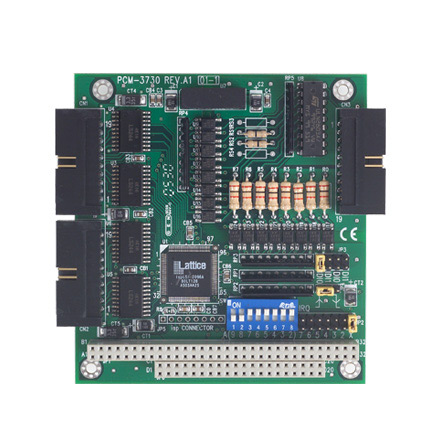

The Fascinating World of One-Side Mirror Glass
One-side mirror glass, often referred to as one-way mirror or two-way mirror, is a fascinating material that has a wide range of applications across different fields. This unique glass is designed to allow light to pass through in one direction while reflecting it in the other, creating an intriguing duality that captivates both the eye and the mind. In this article, we will explore the properties, uses, and implications of one-side mirror glass.
Understanding One-Side Mirror Glass
At its core, one-side mirror glass is a sheet of glass that has been treated with a thin metallic coating. This coating is typically made of materials like silver or aluminum, which grants the glass its reflective properties. When light shines on the coated side, most of it is reflected, making it appear like a mirror. Conversely, from the side with less illumination, one can see through the glass as if it were a regular window. This dual functionality is what makes one-side mirror glass so versatile.
Applications in Security and Surveillance
One of the most notable applications of one-side mirror glass is in the field of security and surveillance. Its ability to provide visibility on one side while remaining reflective on the other makes it ideal for use in police interrogation rooms, security control rooms, and observation decks. Law enforcement agencies often use these mirrors to conduct interviews or monitor suspects without being detected, thereby ensuring the integrity of the interaction. The sense of anonymity provided to observers can result in more truthful and spontaneous behavior from those being observed.
Enhancing Privacy
Beyond its use in security contexts, one-side mirror glass is also a popular choice for enhancing privacy in various settings. Homes and offices often incorporate this glass in windows or partition walls. In a home, it can be used in bathrooms or bedrooms to allow natural light to filter through while maintaining complete privacy from the outside. In corporate environments, it can create open yet discreet workspaces, helping employees focus on their tasks without feeling exposed to prying eyes.

Artistic and Architectural Uses
The aesthetic appeal of one-side mirror glass extends beyond its functional capabilities. Architects and interior designers often incorporate this material into their designs to create visually striking environments. The reflective quality can make spaces feel larger and more open, creating an illusion that enhances the overall design. Artists experiment with one-side mirror glass to challenge perceptions and provoke thought, creating installations that force viewers to confront their reflections and the ideas they signify.
Psychological Impact
The psychological implications of one-side mirror glass deserve consideration. Its use in environments intended for observation can produce mixed feelings among those being monitored, ranging from comfort to discomfort. The knowledge that they are being watched can alter behavior, a phenomenon known as the Hawthorne effect. Furthermore, in spaces designed for reflection—both literal and metaphorical—this glass can inspire self-examination and introspection.
Future Prospects
As technology advances, the applications of one-side mirror glass are likely to expand. Innovations in smart glass technology could lead to even more sophisticated varieties of this material, enabling dynamic changes in transparency and reflectivity based on lighting conditions. Such advancements could find uses in modern architecture, automotive design, or interactive art installations.
In conclusion, one-side mirror glass is more than a mere construction material; it is a tool that blurs the lines between privacy and observation, reality and reflection. Its versatility offers endless possibilities across various fields, from security to art, and as technology continues to evolve, so too will the capabilities and implications of this fascinating material.